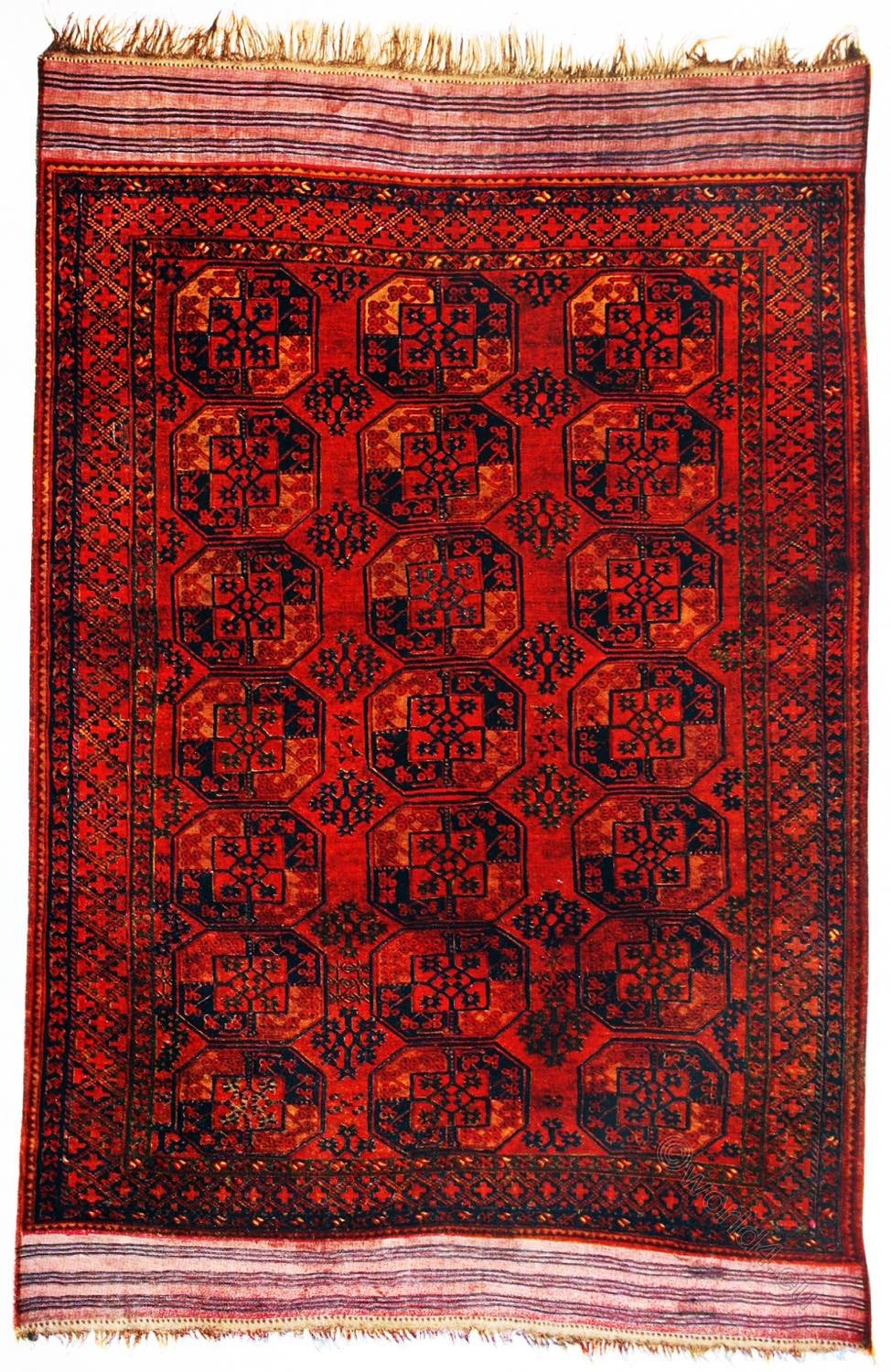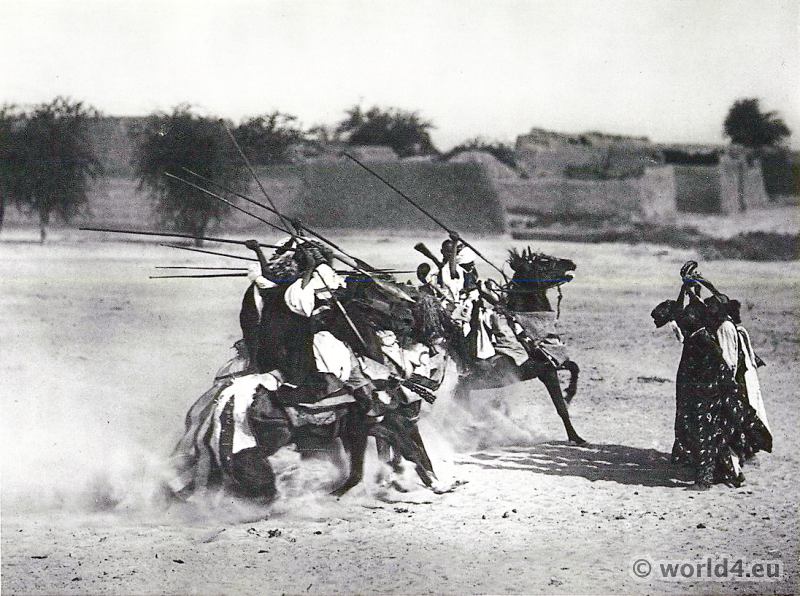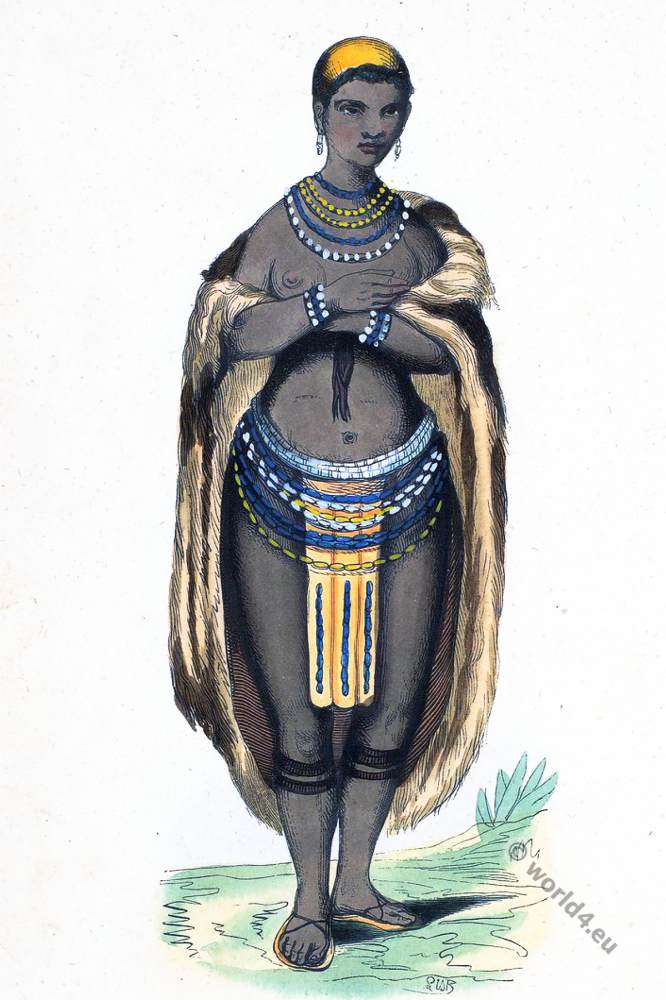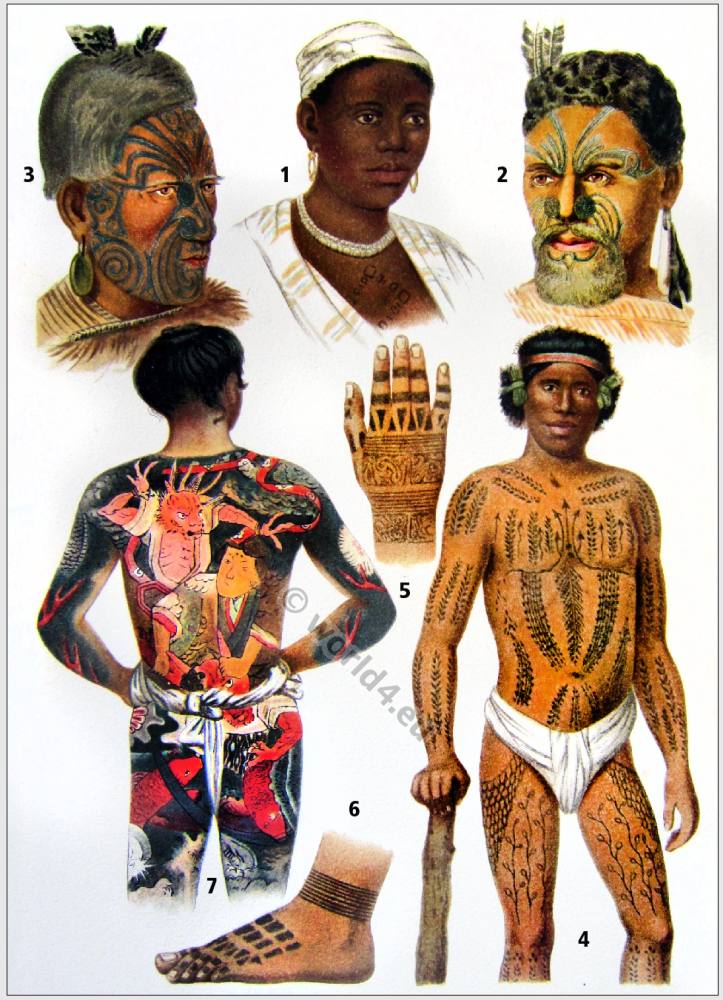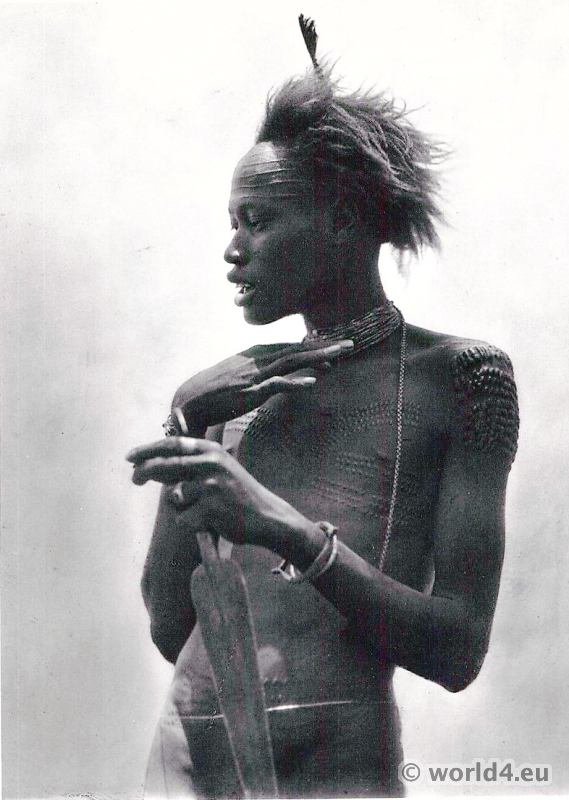Kanouri tribe. Nigeria, Africa 1930s.
Peoples from the Kanouri tribe playing dice, Dikwa Nigeria.
Kanuri (Hausa name beriberi) is a nation in central Sudan area and Lake Chad. They see themselves as the people of the old Empire of Bornu. The Kanuri are Muslims since the 11th century. The old Kanem-Bornu Empire, which originated in the 8th century in the Lake Chad region, had its first peak in the 12th to 13th century. They secured the caravan trade and important trade routes to the Mediterranean.
Gallery: The dark continent; Africa, the landscape and the people by Hugo Adolf Bernatzik.
Related:
- Suisse costumes nationaux
- Traditional French national costumes.
- Tyrolean national costumes 1835.
- Souvenir de L’Exposition Universelle de Vienne.
- Costumes of Japan and Java.
- Historical Asia costumes by Auguste Wahlen.
- Our islands and their people. Hawaii, Philippines, Puerto Rico, Cuba.
- Costumes of all countries by Alexandre Lacauchie 1850s.
- Historical and folk costumes by Franz Lipperheide.
- The costume of Turkey. Ottoman Empire 18th century.
- Traditional Dutch national costumes.
- The Switzerland national costumes of 17th ‚18th, 19th century originals.
- Folk dresses from Norway, Dutch, Germany and Hungaria.
- Mexico by Carl Nebel 1836.
- Provincial Russia. Costume and Culture.
- Costume of the Russian empire by Edward Harding.
- Serbian national costumes by Vladimir Kirin.
- Historical European costumes by Auguste Wahlen.
- The Highlanders of Scotland, 1870.
- Costumes and scenery of Afghanistan.
- Views of Darjeeling: With typical native portraits and groups.
- The dark continent. Africa, the landscape and the people 1931.
- Historical costumes from Africa, America and Oceania.
- Traditional folk costumes of Italy and France in 1821.
- The Serbs in the Adriatic. Their types and costumes 1870-1878.


